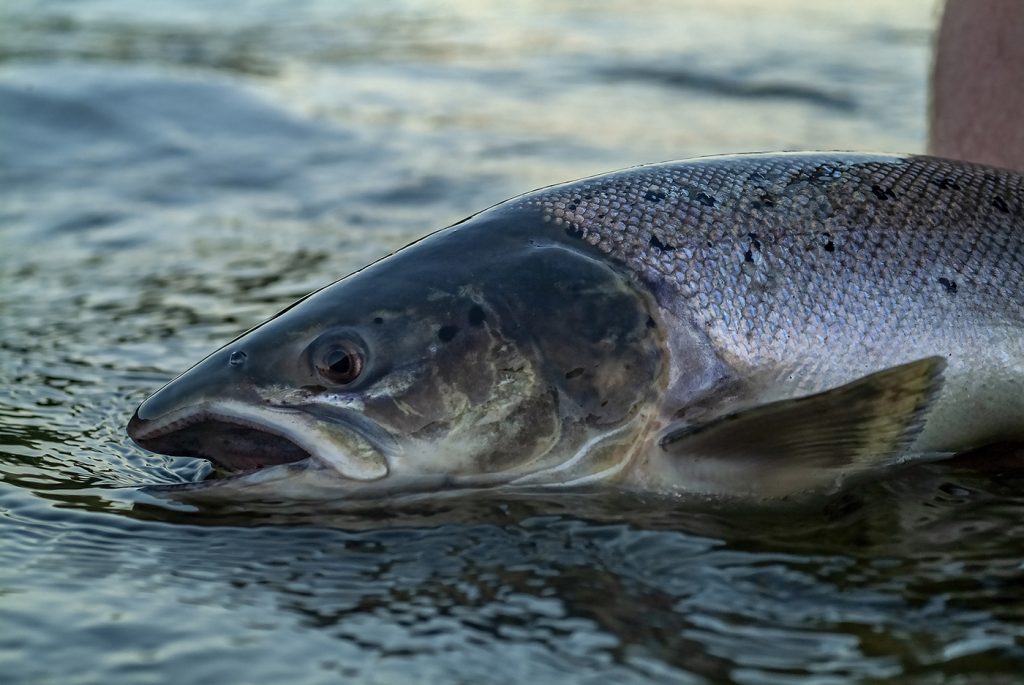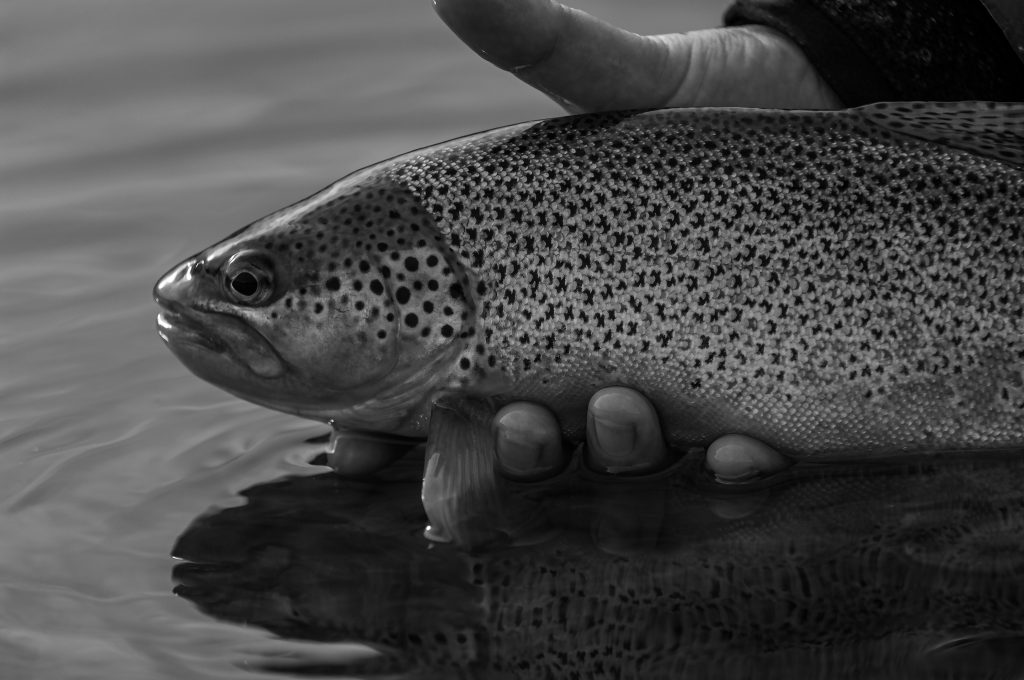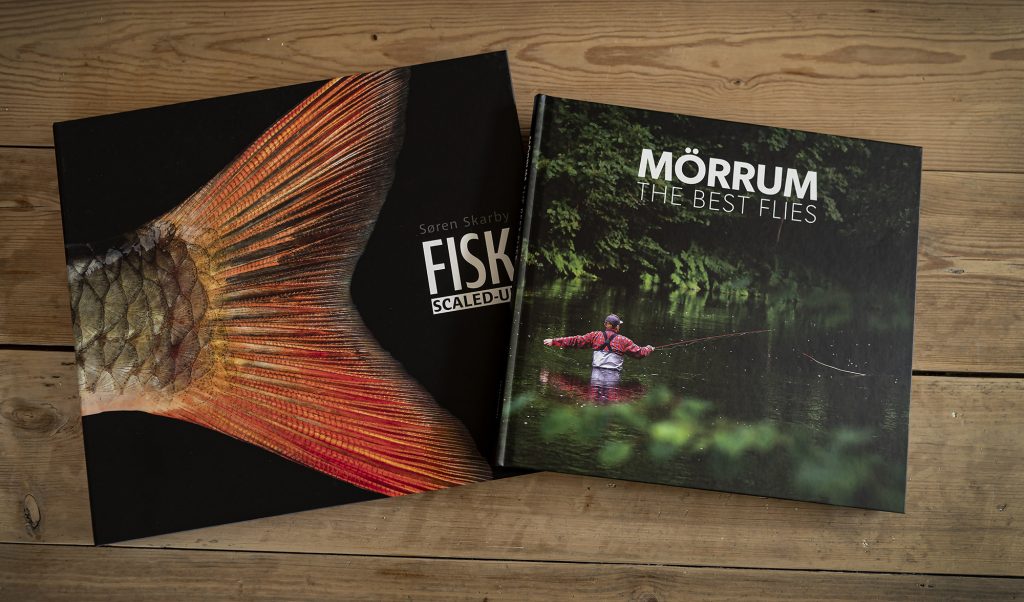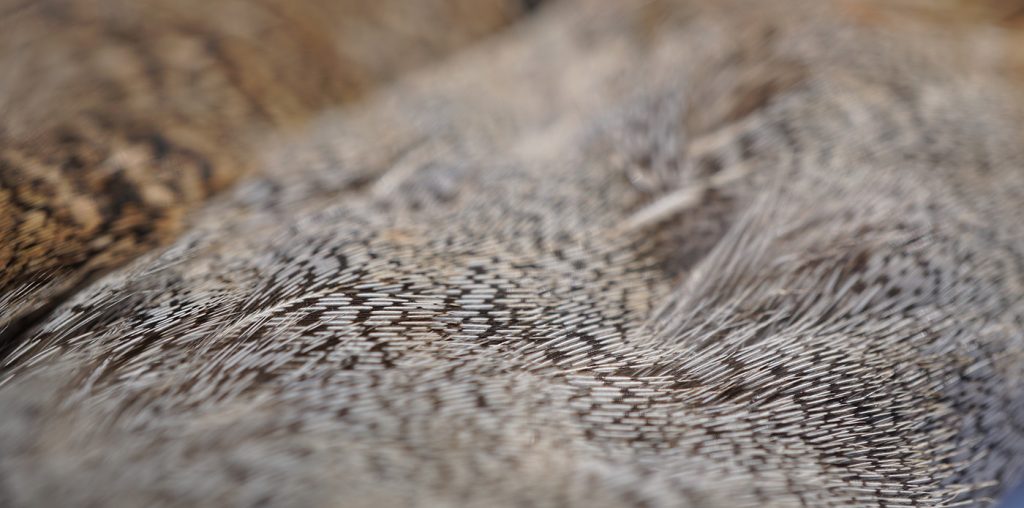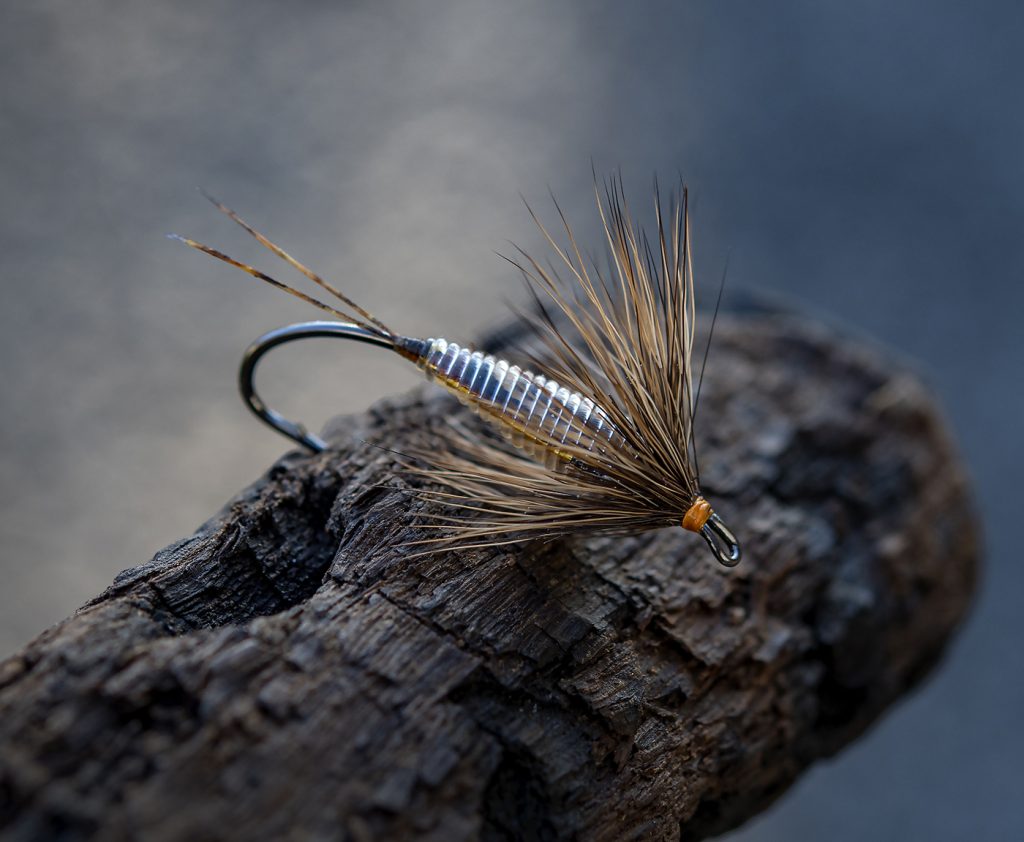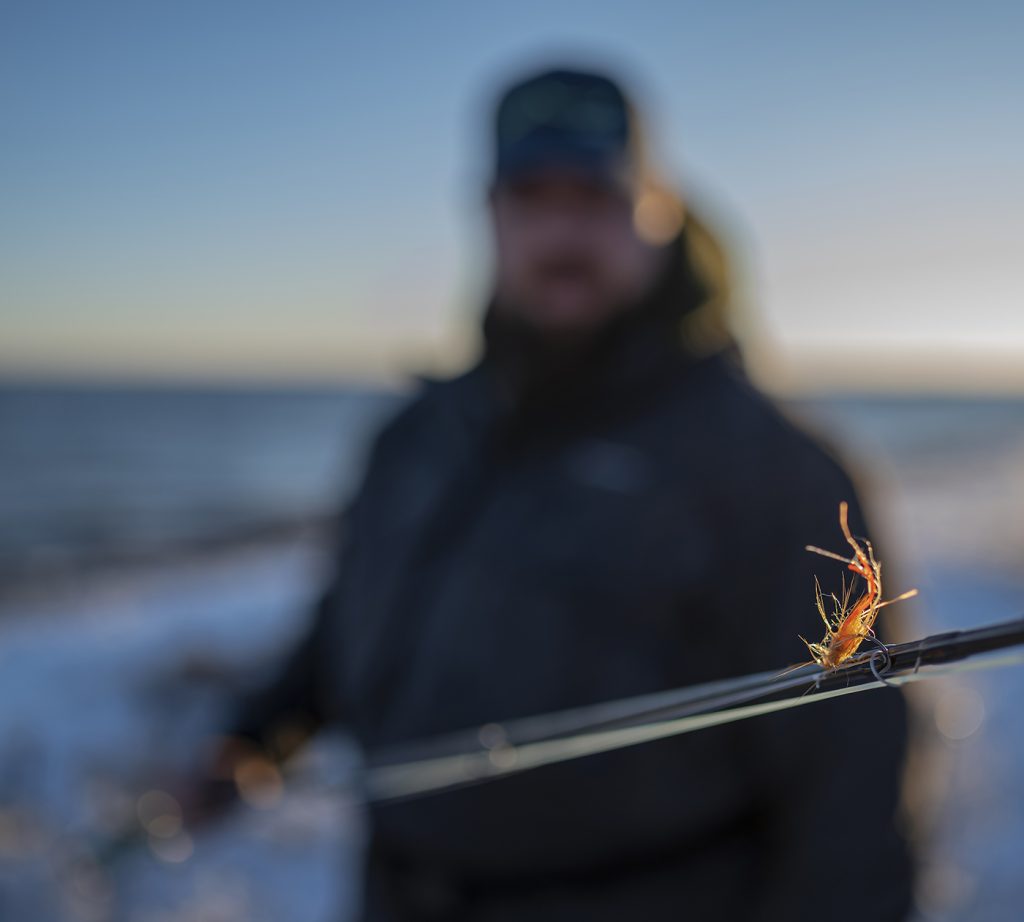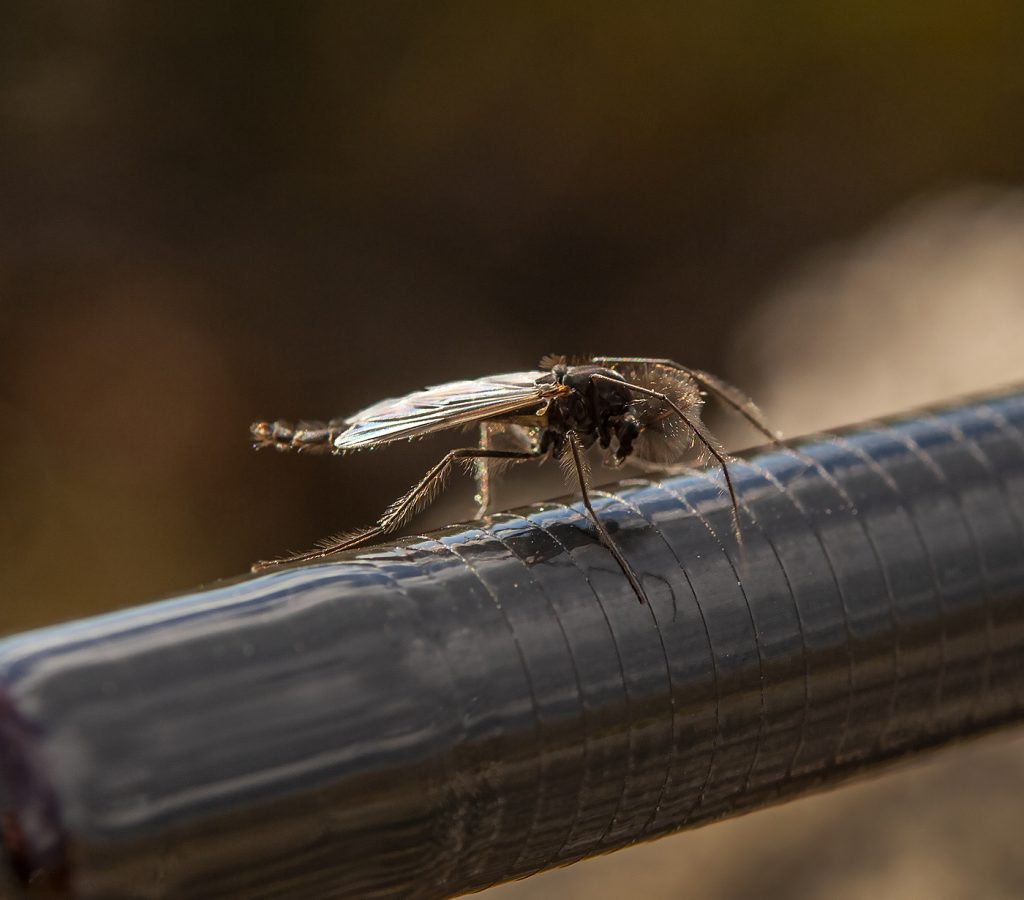
I suppose there are many of those – I think all fly fishers have them, in one way or another. One of mine is definitely midges, mosquitoes, knot in Swedish – whatever you call them. Some of them are really small, bite and will at one point get under your clothing. And when they’re out, they’re usually out in bi-zillions. There are others that don’t bite, but they cal still be a nuisance when they hatch, because they always do so in great numbers. They do however also produce some really interesting, good and not least challenging fishing. Trout like feeding on them. One can wonder since they’re so small, but the numbers make them a good meal for a trout. Trout also know (well, trout don’t know anything, but you know what I mean) that especially as emergers they are an easy meal.
Continue reading “A love/hate relationship”

